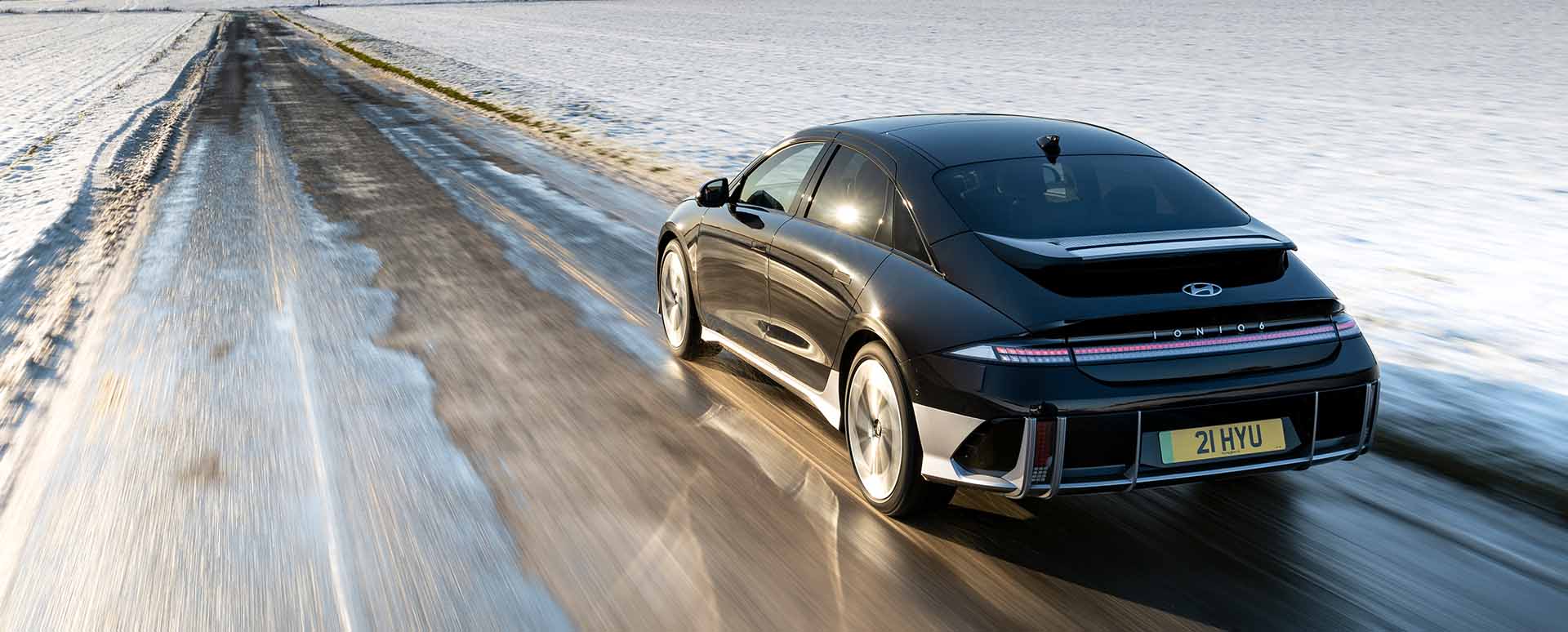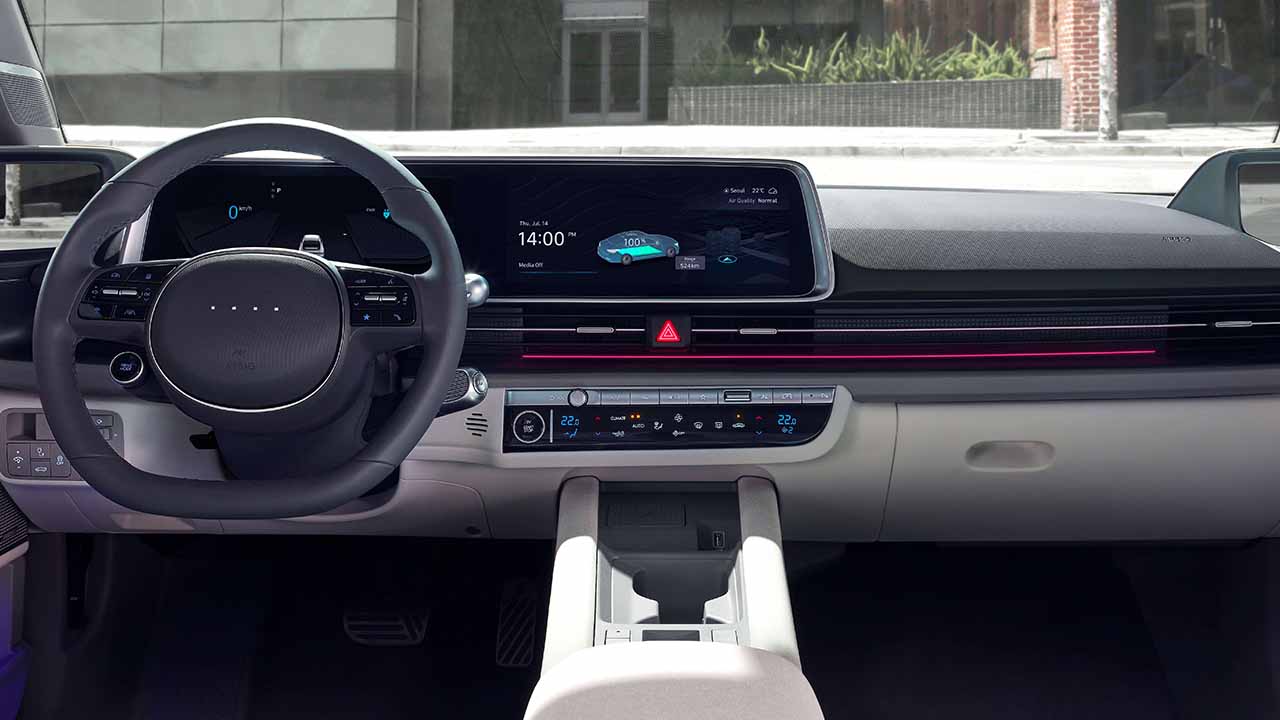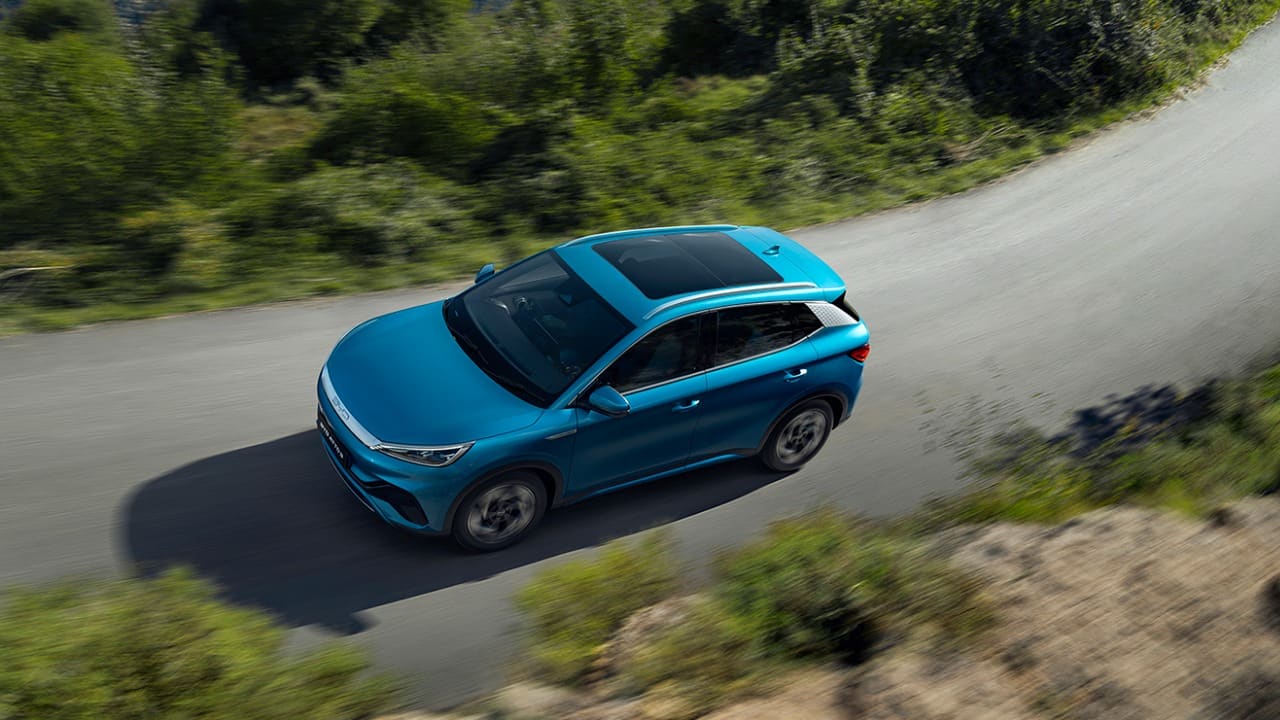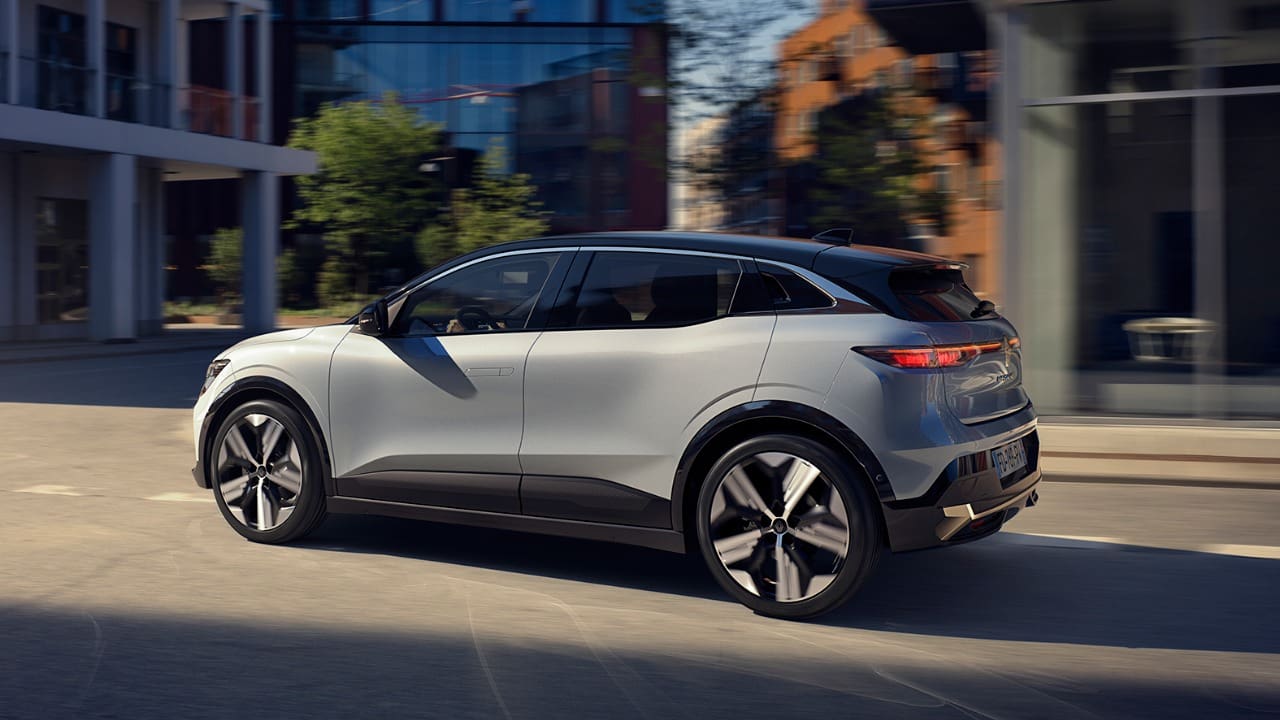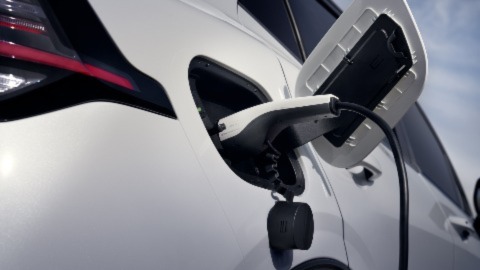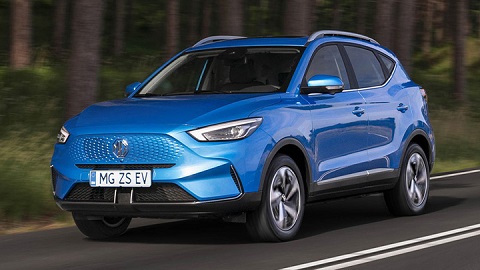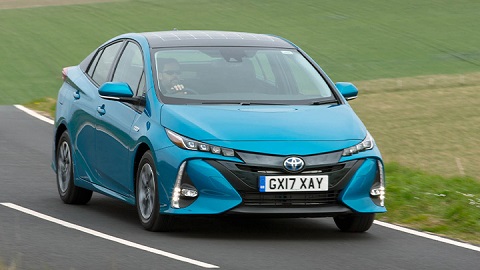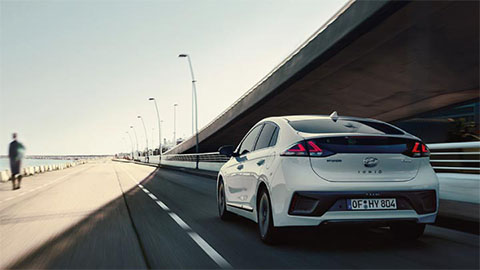Although electric cars have been around for quite a while now, they can still feel like a foreign concept to many new and experienced drivers considering making the switch.
Owning and driving an EV (Electric Vehicle) for the first time may seem like a big jump if you're used to traditional petrol and diesel-powered cars, but once you understand the main differences, you'll be a pro in no time.
This straightforward guide will provide you with all the information you need to get the most out of driving and owning an electric car.
- How to drive an electric car
- What's the difference between a petrol and electric car?
- How to maximise the range of an electric car
- Frequently asked questions
How to drive an electric car
Just like with manual and automatic cars, the experience of driving an electric car can vary slightly depending on the model, but the overall process is generally very similar. If you’ve ever driven an automatic car before, you’ll likely find driving an EV familiar, as the way they operate is very similar.
If you've only ever driven a manual car, there's no need to worry - many drivers find electric cars easier to handle, since there's no clutch or gears to think about.
There are typically just a few steps to follow when driving an EV:
- Start the vehicle: Electric cars usually have a power button placed on the dashboard. A simple press of this button should turn the car on so it's ready to drive. Keep in mind, you may have to put your foot down on the brake while pressing the power button to start the car.
- Put the vehicle into Drive: While keeping your foot on the brake pedal, select Drive (D) or Reverse (R) on the gearstick.
- Park: Once you have stopped driving, use the Park (P) option to ensure the car doesn't roll away.
If you'd like a more in-depth tutorial on how to drive a car with an automatic transmission, explore our guide below.
How to Drive an Automatic CarWhat's the difference between a petrol and electric car?
Upon first look, traditional fuel-powered cars and EVs might appear quite similar, however, the way they operate and the experience behind the wheel are noticeably different once you’re on the road.
The most obvious distinction lies in the source of power. Petrol and diesel cars rely on internal combustion engines (ICE) that burn fuel to generate movement. Electric cars, on the other hand, use energy stored in a battery to power an electric motor. This difference affects not only how the car drives, but also how it is maintained and refuelled.
Driving an EV is also often quieter and smoother, mainly because electric motors operate with far fewer moving parts than traditional engines. The absence of gear changes also plays a part in this, as electric cars don’t have manual gearboxes, and many don’t have traditional automatic gear shifts either.
Instead, they deliver constant power through a single-speed transmission, making acceleration feel more immediate and seamless. This is particularly noticeable when pulling away from a standstill, where the car responds quickly and without hesitation.
Unlike most petrol and diesel cars, electric cars come equipped with regenerative braking systems. These systems recover energy during deceleration, feeding it back into the battery rather than wasting it as heat, as you would in a petrol or diesel car.
In terms of maintenance, electric cars usually require less routine servicing than combustion-powered vehicles, as they have fewer moving parts, require no oil changes, and tend to have less wear on brakes thanks to regenerative systems.
How to maximise the range of an electric car
Getting the most out of an EV’s range is mostly about making a few small adjustments to how you drive and use the car day to day. While the size of the battery plays a role, simple habits can often make just as much difference when it comes to how far you can go between charging your EV.
The way you drive has a noticeable impact on efficiency, and adopting a smoother driving style is one of the most effective ways to make your battery last longer. Gradual acceleration, steady speeds and anticipating when to slow down all help conserve energy.
Many electric cars use regenerative braking to recover energy each time you lift your foot off the accelerator, feeding that energy back into the battery instead of letting it go to waste. It can feel slightly different at first, but many drivers find it quickly becomes second nature.
There are a few things that tend to have the biggest impact on range:
- Driving speed: Higher speeds create more wind resistance, which uses more energy. If you're not in a hurry, easing off slightly on the motorway can help extend your range without slowing you down too much.
- Climate control: Using air conditioning or heating can draw a fair amount of power from the battery. Most EVs offer a pre-conditioning feature that lets you heat or cool the cabin while the car is still plugged in, which means you can stay comfortable without using any charge.
- Regenerative braking: Effectively using regenerative braking helps you recover energy during stop-start driving. Some cars let you choose how strong the brake is, so it’s worth finding a setting that suits how and where you drive.
- Tyre pressure: Underinflated tyres create more rolling resistance, which means the car needs to work harder to maintain speed. A quick tyre pressure check now and then is a simple way to keep things efficient.
- Extra weight or drag: Roof boxes, bike racks, or even just a full boot can reduce how far the car can go, so if you’re not using them, it’s worth taking them off.
Some electric cars also offer eco-driving modes or route planners designed to help you make the most of the battery. These features usually adjust how the car uses power and may suggest the most efficient route to help you avoid steep hills, heavy traffic or long detours.
Frequently asked questions
You must be at least 17 years old to drive an electric car in the UK, the same as with petrol or diesel cars. As long as you hold a valid provisional or full driving licence, you can legally drive an EV that meets the licence requirements.
Yes, electric cars can safely drive through shallow water, such as puddles or light flooding, much like conventional cars. However, it's important to avoid deep or fast-moving water, as this can damage the vehicle and pose a safety risk, regardless of whether the car is electric or fuel-powered.
Yes, you can take your UK driving test in an electric car, but it must meet DVSA test vehicle requirements. Keep in mind, if the EV is automatic, passing your test in one means your licence will only allow you to drive automatic vehicles.
Yes, if you hold an automatic-only licence in the UK, you can legally drive most electric vehicles. Since the majority of EVs don’t have manual gearboxes, they are considered automatic for licensing purposes.
Electric cars can typically be left unused for a while without any issues. However, it's best to ensure the battery isn't completely drained before leaving it for extended periods. A partially charged battery can help avoid any potential issues, and it's a good idea to check on the vehicle every so often.
Find your perfect electric car with Evans Halshaw
Whether you're completely new to electric cars or just looking to make the switch, there’s never been a better time to explore what’s available. At Evans Halshaw, we offer a wide selection of new and used electric vehicles to suit different needs.
If you’d like more advice on choosing the right EV, or just want to take one for a test drive, your local Evans Halshaw retailer will be happy to help make the move to electric as simple and stress-free as possible.

